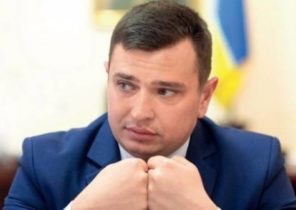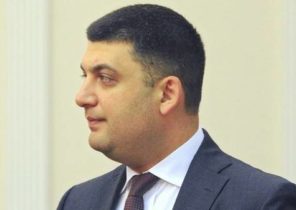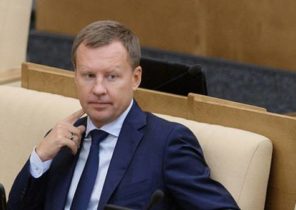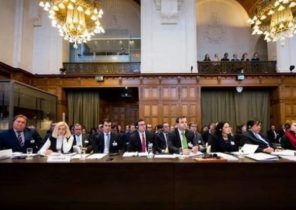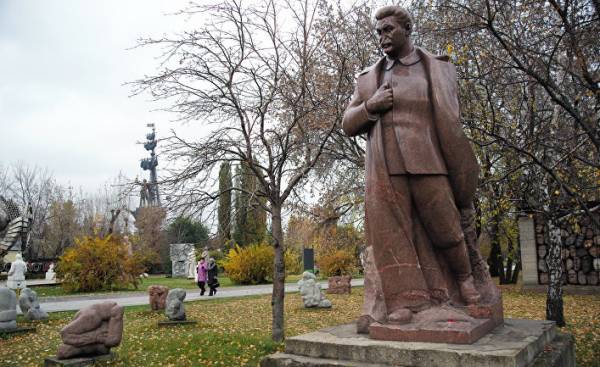
Wednesday, February 22, on the eve of the 73rd anniversary of the beginning of the mass migration of Chechens and Ingush to Central Asia Ingush lawmakers approved a law prohibiting the territory of the Autonomous Republic of the Russian Federation any kind of glorification of Joseph Stalin.
The law also prohibits the setting of monuments and sculptures of a former father of Nations and to be called towns, villages or streets in his honor. In addition, it is forbidden to justify and to extol his actions and even publicly expose his portraits.
Deputy Mary amrieva called sacrilege “the establishment of monuments to the man who deported tens of people.” She’s not wrong, because “collectively punished peoples” were treated and Ingush. However, this law was passed in the period when among the Russian Stalin is gaining in popularity and recognition.
Bet on Russophobia
When in 1942 the Germans advanced on the Caucasus, they relied on long-standing hatred of the Russian and Soviet system inherent in the peoples of the Northern Caucasus — Chechens, Ingush, Karachay and Balkar, which are dominated by Muslims. In order to persuade them to their side, the Germans turned they have a fairly liberal order, promised to abolish collective farms and re-open the mosque. Requisitioned property to the soldiers of the Reich were paid and wanted to gain the trust of an exemplary treatment of women.
After the Germans entered the territory of the Chechen-Ingush Autonomous Soviet socialist Republic (South of Grozny), Chechen and Ingush, which, however, each other did not stand, did not hide his sympathy for the “new order” and paid dearly for it, as well as other peoples.
Collective punishment
By decision of the Supreme Soviet of the USSR, adopted on 11 February 1944, that is during the period when the Wehrmacht left the Caucasus, began the elimination of the Muslim regions. It should be noted that the NKVD had in this “field” a great experience. In August 1941 he was deported Volga Germans and their Autonomous Republic was liquidated. In late 1943 it was decided to deportation of the Karachai. In December of the same year a similar fate befell the Kalmyks, who preached mainly Buddhism.
March 18, 1944, the head of the third administration of the people’s Commissariat for state security (NKGB) Milstein wrote to the Deputy people’s Commissar of internal Affairs of Kobulova report on the conduct of special transportation in the framework of the expulsion of Chechens, Ingush and Balkars: “Fulfilling the order of Beria, the transport NKGB, NKVD, together with the railway Department has taken measures as soon as possible to take out a special contingent from the North Caucasus (Chechens, Ingush and Balkars). Just filed 194 echelon on 521247 man.” In the next month followed by deportation of the Crimean Tatars. So the “authorities” were active.
Millions in exile
In the report of the Department of spetspereselentsev NKVD on the number of special settlers in 1946 stated: “In total, spezperesselenzy suffered 2463940 people, of which 655674 — men, 829084 women 979182 children. The largest number of settlers had located in the Kazakh SSR is 890 698 people… Among the settlers was 400478 of Chechens and Ingush (97441 male, 110 818 191919 women and children under the age of 16 years)”.
It is difficult to know how many “special settlers” have survived the Stalin’s revenge for the collaboration, but considering that in the postwar Soviet Union from starvation and exhaustion were dying are ordinary citizens who haven’t done anything wrong, will probably not be exaggerated estimates that had died up to a third of deportees. Representatives of the “punished” peoples were able to return home only under Khrushchev in 1957, but the Volga Germans and Crimean Tatars is not affected. Towards the Crimean Tatars only came Mikhail Gorbachev, and including today it is a Russian curse.
